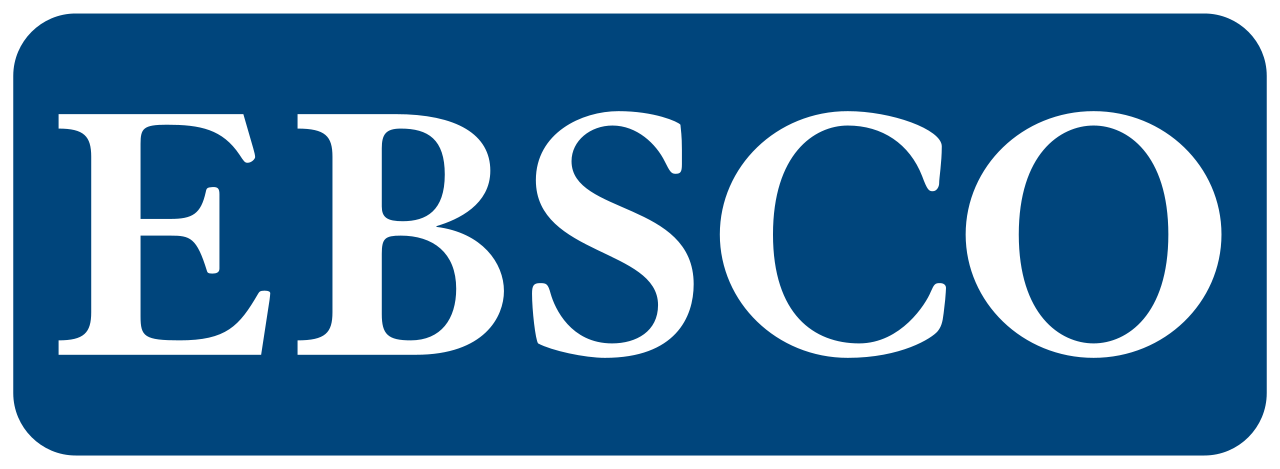Legal Policy on Gambling Crime
DOI:
https://doi.org/10.57096/edunity.v1i05.32Keywords:
Legal regulations, Gambling, crimeAbstract
Gambling is a form of social pathology that poses a real and potential threat to social norms so that it threatens social order. Thus, it will greatly impact on national development with material-spiritual aspects which must therefore be addressed in a rational way. One of these rational efforts is the policy approach to criminal law enforcement regulated in the Criminal Code (KUHP) in accordance with the amendments by Law no. 7 of 1974 concerning the regulation of gambling. However, the policy formulation of laws and regulations has several weaknesses. At the applicative stage, the judge is not free to determine the types of criminal sanctions that will be imposed on the perpetrators of gambling crimes. This is due to the general minimum system and the general maximum system adopted by the Criminal Code, so that any type of criminal sanctions contained in the law must be applied by judges. Policies for dealing with gambling crimes in the future must still be carried out by means of a penalty. Policy formulation of criminal law must be more optimal and able to reach the development of criminal acts of gambling with advanced technology.
References
Brown, K. (2015). Vulnerability and young people: Care and social control in policy and practice. Policy Press.
Downes, D., Davies, D. M., David, M. E., & Stone, P. (2014). Gambling, Work and Leisure (Routledge Revivals): A Study Across Three Areas. Routledge.
Griffiths, M. D. (2018). Is the buying of loot boxes in video games a form of gambling or gaming? Gaming Law Review, 22(1), 52–54.
Jironet, K. (2019). Feminine Leadership: Personal Development Beyond Polarities. Routledge.
Keeler, W. (2017). Javanese shadow plays, Javanese selves (Vol. 4967). Princeton University Press.
Laxminarayan, M., Bosmans, M., Porter, R., & Sosa, L. (2013). Victim satisfaction with criminal justice: A systematic review. Victims & Offenders, 8(2), 119–147.
McCaghy, C., Capron, T., Jamieson, J. D., & Carey, S. H. (2016). Deviant behavior: Crime, conflict, and interest groups. Routledge.
Molas-Gallart, J., Boni, A., Giachi, S., & Schot, J. (2021). A formative approach to the evaluation of Transformative Innovation Policies. Research Evaluation, 30(4), 431–442.
Ormerod, D., & Laird, K. (2018). Smith, Hogan, and Ormerod’s Criminal Law. Oxford University Press.
Reiman, J., & Leighton, P. (2015). Rich get richer and the poor get prison, the (subscription): Ideology, class, and criminal justice. Routledge.
Rubin, E. L. (2018). Introduction: Minimizing harm as a solution to the crime policy conundrum. In Minimizing Harm (pp. 1–34). Routledge.
Serin, R. C., Chadwick, N., & Lloyd, C. D. (2016). Dynamic risk and protective factors. Psychology, Crime & Law, 22(1–2), 151–170.
Spector, M., & Kitsuse, J. I. (2017). Constructing social problems. Routledge.
Stotzer, R. L. (2014). Law enforcement and criminal justice personnel interactions with transgender people in the United States: A literature review. Aggression and Violent Behavior, 19(3), 263–277.
Sulkunen, P., Babor, T. F., Ornberg, J. C., Egerer, M., Hellman, M., Livingstone, C., Marionneau, V., Nikkinen, J., Orford, J., & Room, R. (2018). Setting limits: Gambling, science and public policy.
Toyama, K. (2017). Design, needs, and aspirations in international development. International Conference on Social Implications of Computers in Developing Countries, 24–32.
Xiao, L. Y., & Henderson, L. L. (2021). Towards an ethical game design solution to loot boxes: a commentary on King and Delfabbro. International Journal of Mental Health and Addiction, 19(1), 177–192.
Published
Issue
Section
License
Copyright (c) 2023 Dany Rimawan1, Faisal Santiago2, Azis Budianto3

This work is licensed under a Creative Commons Attribution-ShareAlike 4.0 International License.
Authors who publish with this journal agree to the following terms:
- Authors retain copyright and grant the journal right of first publication with the work simultaneously licensed under aCreative Commons Attribution-ShareAlike 4.0 International (CC-BY-SA). that allows others to share the work with an acknowledgement of the work's authorship and initial publication in this journal.
- Authors are able to enter into separate, additional contractual arrangements for the non-exclusive distribution of the journal's published version of the work (e.g., post it to an institutional repository or publish it in a book), with an acknowledgement of its initial publication in this journal.
- Authors are permitted and encouraged to post their work online (e.g., in institutional repositories or on their website) prior to and during the submission process, as it can lead to productive exchanges, as well as earlier and greater citation of published work.








